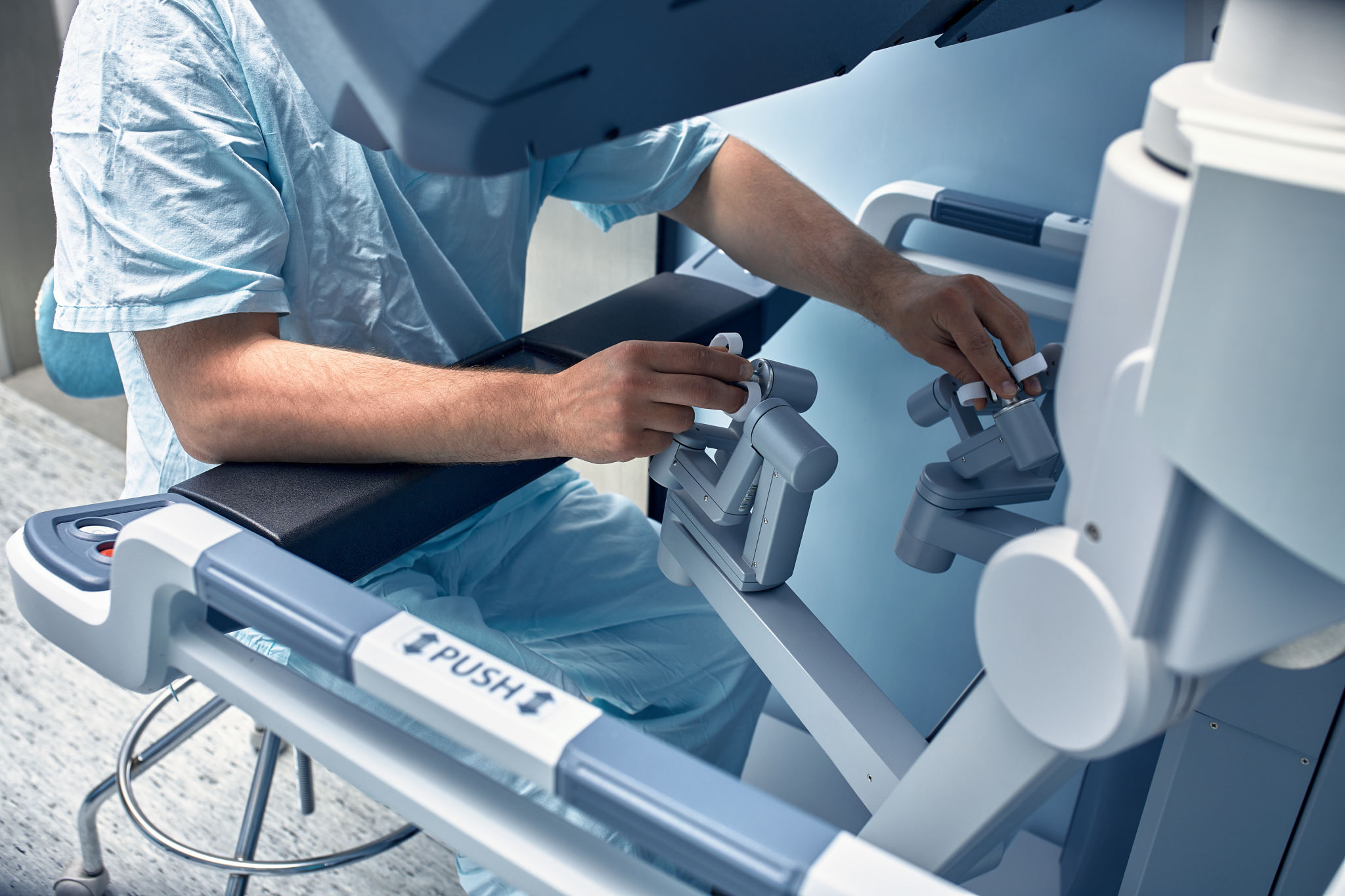Understanding the Latest Trends in Spine Care: Innovations and Techniques
Revolutionary Advances in Spine Care
In recent years, the field of spine care has seen a surge in innovation, driven by technological advancements and a deeper understanding of spinal health. These changes are reshaping how medical professionals diagnose, treat, and manage spinal conditions, ultimately improving patient outcomes.
There is a growing emphasis on minimally invasive procedures, which offer numerous benefits over traditional surgery. These include reduced recovery times, less pain, and smaller scars, making them an attractive option for patients and surgeons alike. As technology improves, these procedures are becoming more precise and effective.

Minimally Invasive Techniques
One of the most significant trends in spine care is the shift towards minimally invasive techniques. These procedures often use small incisions and specialized instruments to access the spine, resulting in less trauma to the surrounding tissues. This approach not only speeds up recovery but also reduces the risk of complications.
The use of robotic-assisted surgery is gaining traction, offering enhanced precision and control during complex spinal procedures. Surgeons can utilize robotic systems to perform delicate operations with greater accuracy, leading to improved patient outcomes.

Advanced Imaging Technologies
The integration of advanced imaging technologies, such as 3D imaging and intraoperative navigation, is another trend transforming spine care. These tools provide surgeons with detailed visualizations of the spine, enabling them to plan and execute surgeries with remarkable precision.
Intraoperative navigation systems help in real-time guidance during surgical procedures, ensuring that implants and instruments are accurately placed. This level of precision minimizes the risk of errors and enhances the overall success rate of spinal surgeries.

Biologics and Regenerative Medicine
Biologics and regenerative medicine are emerging as promising areas in spine care. These therapies focus on using biological materials to promote healing and regeneration of spinal tissues. For instance, the application of stem cells in treating degenerative disc disease is gaining attention for its potential to restore disc health.
Growth factors and platelet-rich plasma (PRP) are also being explored for their ability to accelerate healing and reduce inflammation in spinal injuries. These biologics provide a non-surgical approach to managing spine conditions, offering hope for patients seeking alternatives to traditional treatments.
Multidisciplinary Care Approaches
The recognition of spine care as a multifaceted issue has led to the adoption of multidisciplinary care approaches. Collaborative teams consisting of surgeons, physical therapists, pain management specialists, and other healthcare professionals work together to create comprehensive treatment plans tailored to individual patient needs.
This holistic approach ensures that each aspect of a patient's condition is addressed, from pain management and rehabilitation to psychological support. The result is a more personalized and effective treatment experience that enhances patient satisfaction and overall health outcomes.

The Future of Spine Care
As research continues to advance, the future of spine care looks promising. Innovations such as artificial intelligence (AI) for predictive analytics and personalized treatment plans are set to revolutionize how spinal conditions are managed. AI can help identify patterns and risks, allowing for early intervention and prevention strategies.
With ongoing developments in technology and an increasing understanding of spinal health, the field is poised for continued growth and transformation. Patients can look forward to more effective, less invasive treatments that enhance their quality of life.